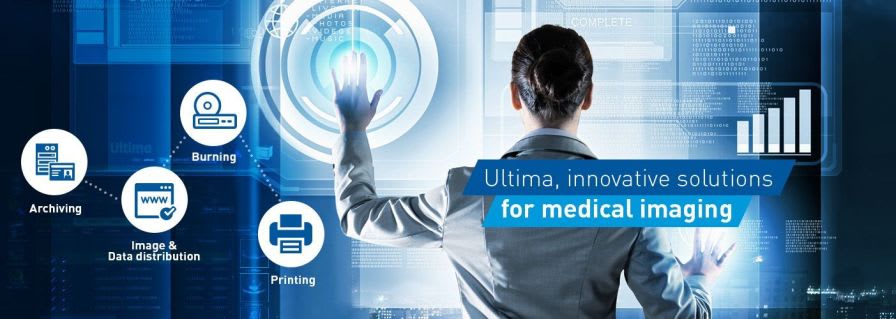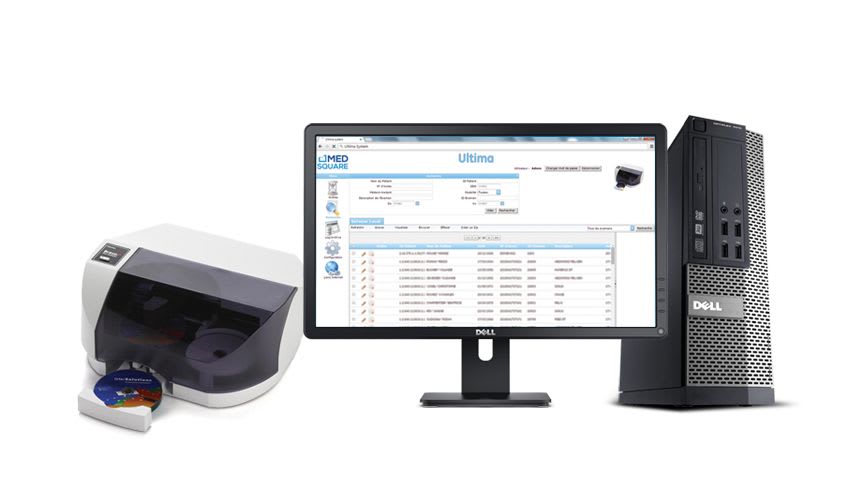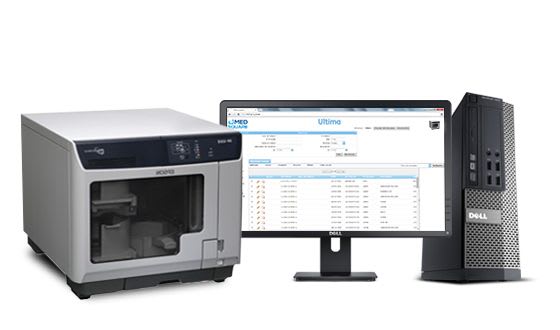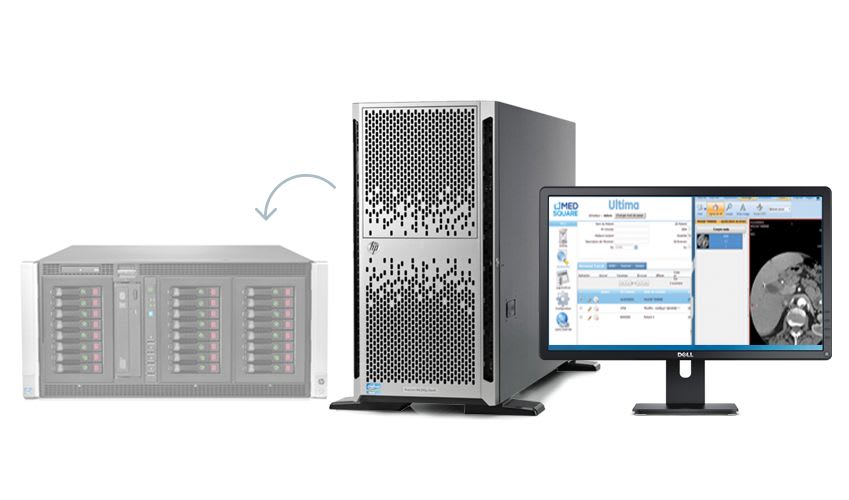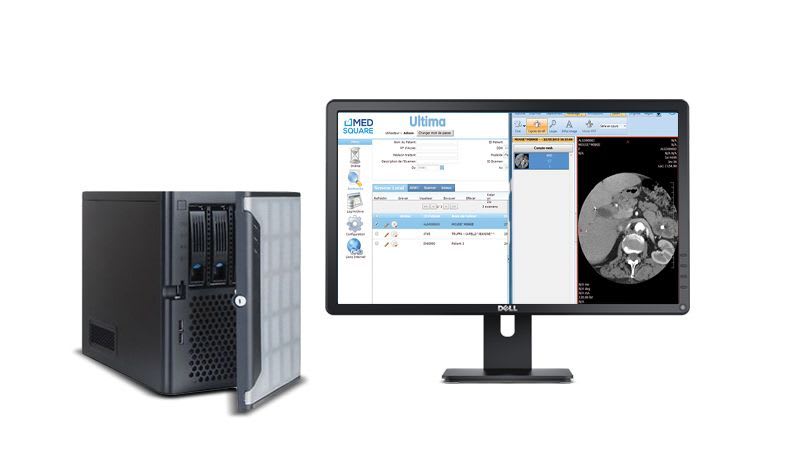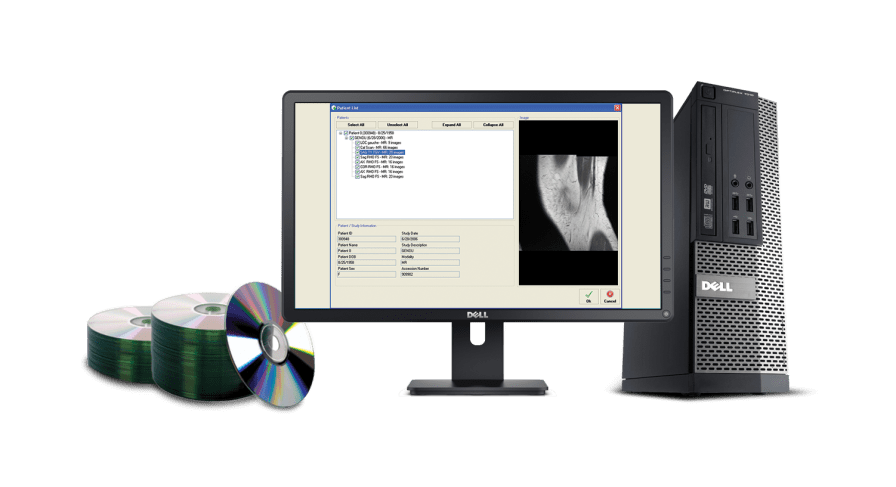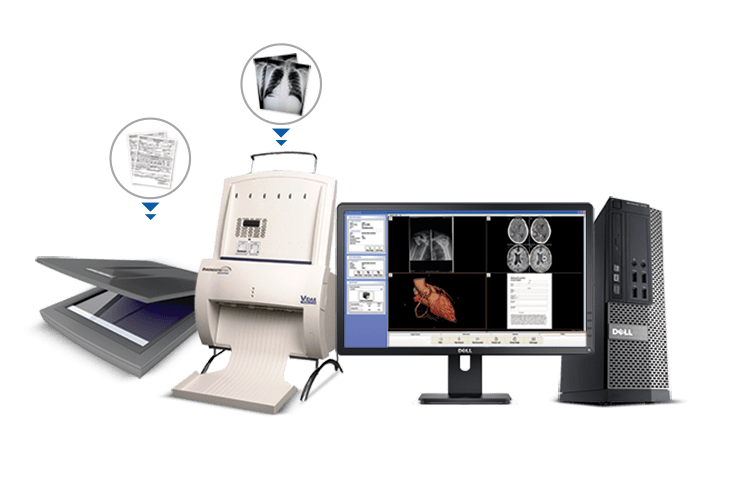Can GPT-4 Enhance Radiology Workflows by...
- Imaging
- 18/04/2024
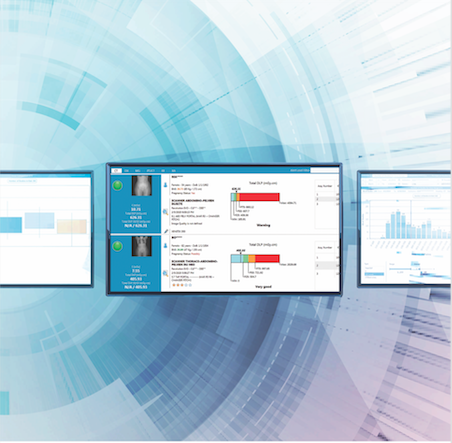

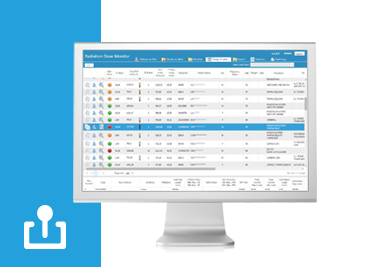
RDM // Radiation Dose Monitor
Increasing the serenity of healthcare professionals by ensuring the radiation protection of patients
What is RDM?
Medsquare’s Radiation Dose Monitor (RDM) is a DACS (Dose Archiving and Communication System): a system for archiving and centrally managing patient radiation doses (radiology and nuclear medicine).
Why RDM?
Medsquare has developed the DACS Radiation Dose Monitor (RDM) to enable healthcare professionals to take the following actions:
• Strengthen the safety of each patient and encourage dose reduction
• Optimize the control and traceability of patient dose data and contrast media data (iodine and radio-pharmaceutics)
• Comply with national and international requirements (e.g. Euratom Directive 2013/59)
At the very core of your department, RDM is an essential tool for reducing dose.
RDM // Benefits
RDM enables healthcare facilities and professionals to improve the quality of patient care, control the dose, receive timely alerts, easily analyze data, and confidently generate dose reports.
1-Improve the quality of patient care
• Display all information relating to patients on each acquisition of the examination (analysis of each exposure, traceability of cumulative doses, Peak Skin Dose calculation, and Organ Dose calculation).
• Manage high-risk patients specifically (children, pregnant women, patients with oncology follow-up, etc.).
• Alert medical teams immediately at their workstations using the alert pop-up. This feature is specially designed to allow the patient to be taken care of in the case of overexposure.
• Follow the patient throughout his/her pathway: pre-examination (via the Worklist page) and/or post-examination.
• Evaluate knowledge, help in the assessment and implementation of professional practices.
• Define keyword tags by medical indications (e.g. heart disease, oncology, etc.) to be included in the patient’s records in order to refine research and statistics.
2-Control the dose and stay alerted to patient safety
• Monitor examinations and patients in real-time: if the dose thresholds are exceeded, an advanced alert system (e-mail and/or pop-up) based on Diagnostic Reference Levels (DRLs, national and local) alerts you.
• Track all alert monitoring and justifications.
• Track the modality at different levels: quality controls and/or maintenance operations.
• Manage and configure alerts at different precise scales: modalities, procedures, protocols, acquisitions.
• Manage the dose by type of population very finely and effectively according to different alert rules based on age, weight, height, etc.
• Calculate the effective dose in all modalities.
• Calculate the Organ Dose.
• Access instantly to the patient’s dose history before the examination (decision-making tool).
• Search by multi-criteria tool: protocol, procedure, patient, equipment, period, user, etc.
• Assess the patient’s centering (patient at isocenter) during the examination, reinforcing good professional practices.
• Optimize exposure to ionizing radiation in a department and/or facility, according to the recommendations.
• Calculate the peak skin dose in interventional radiology. Visualize the skin dose evolution during the whole procedure with the aid of a time scale.
• Create complete patient dose records (portfolio), with the ability to attach any file or image to them.
• Re-evaluate the CTDI according to the patient’s morphology (SSDE – Size Specific Dose Estimates)
• Create search filters by patient type (women of child-bearing age, child by age group, weight, etc.).
3-Facilitate dose data analysis – and create dose reports in 1 click
• Facilitate data analysis by presenting the most problematic procedures and protocols for each of the modalities.
• Create and send dose assessment reports to the national authorities in 1 click.
• Create and automate a customized report: a statistical report (modalities/procedures) and/or a patient report.
• Customize analysis thanks to multi-criteria search.
• Compare dose data on all modalities, procedures, protocols, users.
• Export complete and sorted data from each page as well as dose analysis reports.
• Transfer reports to HIS, RIS, PACS, etc. automatically.
• Access the RDM web interface in real-time via a simple browser.
RDM collects and analyzes data from different sources, regardless of the manufacturer, interfacing with information systems and integrating perfectly into your imaging network.
• Advanced technical expertise and Quick deployment
• Customization of integration with customer infrastructure
• Experience in project management at the level of hospital groups and regions
• Expertise in data recovery from previous DACS
Installation
• On a physical or virtual server
Modality integration, collection of dose data
• DICOM RDSR (Radiation Dose Structured Report)
• DICOM Dose SC (Secondary Capture)
• DICOM MPPS (Modality Performed Procedure Step)
• DICOM Header
• External dosimeter (RDM Modality Module)
• Manual entry of dose data (RDM Modality Module)
HIS/RIS connectivity
• Automatic submission of HL7 and DICOM RDSR dose reports (HL-7/RDSR Sender Module)
• Reception of HL7 messages for fusion/update Patient/Study information (IHE HL-7 Integration Module)
• Transmission of the Worklist of the day in DICOM (Worklist Module)
• Advanced integration: REST API and/or web contextual call
PACS connectivity
• Real-time synchronization with PACS for retrieving dose reports in RDSR, Secondary Capture and DICOM
Header format
• Automatic downloading in DICOM Query/Retrieve of the patient’s dose history (PACS History Module)
• Automatic sending of dose reports to PACS in RDSR format (HL-7/RDSR Sender Module)
• Advanced integration: REST API and/or web contextual call
Web 2.0 interface
Loading...








